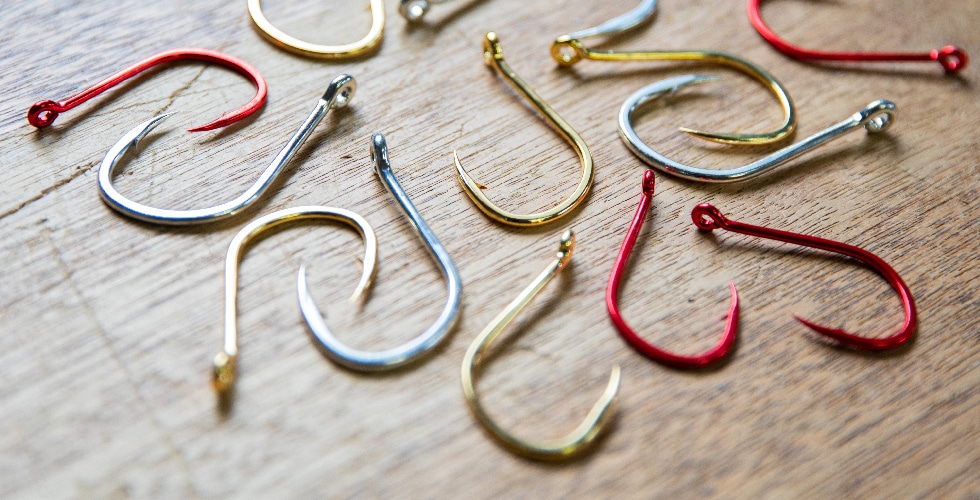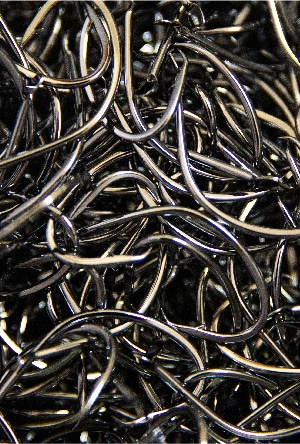

The Banshu Hook is local industry as central at North Harima area in Hyogo-Pref.
Yamai/Suteki is also one of the company that take over the traditional technology and run more than 160 years.
We introduce the origin of Banshu Hook.

The origin of Banshu Hook is started since 1851 years.
Mr. Hikobei Kodera used to work at barber at Banshu Simokume-Mura(Simokume, Katou-shi).
He brought the technology of manufacturing from Kouchi-Pref in Japan.
At the beginning of starts, the Miki-city which is famous for producing the metal objects,
Fishing hooks are told to be manufactured by using the the rest of metal materials.
The Banshu Hook has the technology and the traditional of High quality.
They are known a lot in Japan.
Jun, 2010, the Banshu Hook was registered to the trademark by Hyogo-pref Tsuribari cooperative union.
This is an evidence that the high level technology and the effort that concerned for manufacturing Banshu Hook as local industry.
The shape of fishing hook has many kinds of shape.
Unless it’s too many sizes, it’s possible to manufacture various type of hooks.
It’s just pressed that connected fishing hook and nylon.
Make the square shape from the Flatted type.
Make the one way of SIMOKU only
Make the hole at the flatted area.
Making the circle type to flatted area.
Used fishermen
Staying with original material shape.
Making some groove at the end of material.
When see the material from the point, making the twist to right side.
When see the material from the point, making the twist to left side.
Not twisted.
Making the barb in generally.
Making small barb
Making no barb
Making the press to the point area only.
Bending the hook point a lot from outside to inside.
No making the press
Making the press between the shank area and the point area. This makes harder the strength from the side of vertical.
Making the press to the shank area.
Making the one sliced from the backside of shank
Making the two sliced from the backside of shank
Making the one sliced from the backside of shank and making the one sliced from the other side.
Ring is parallel toward the shank. Standard type
Bending the eye from the backside of shank to the waist side.
Bending the eye to the backside of shank
Making the ring by bigger than normal.
Making the space a little a part of ring.
